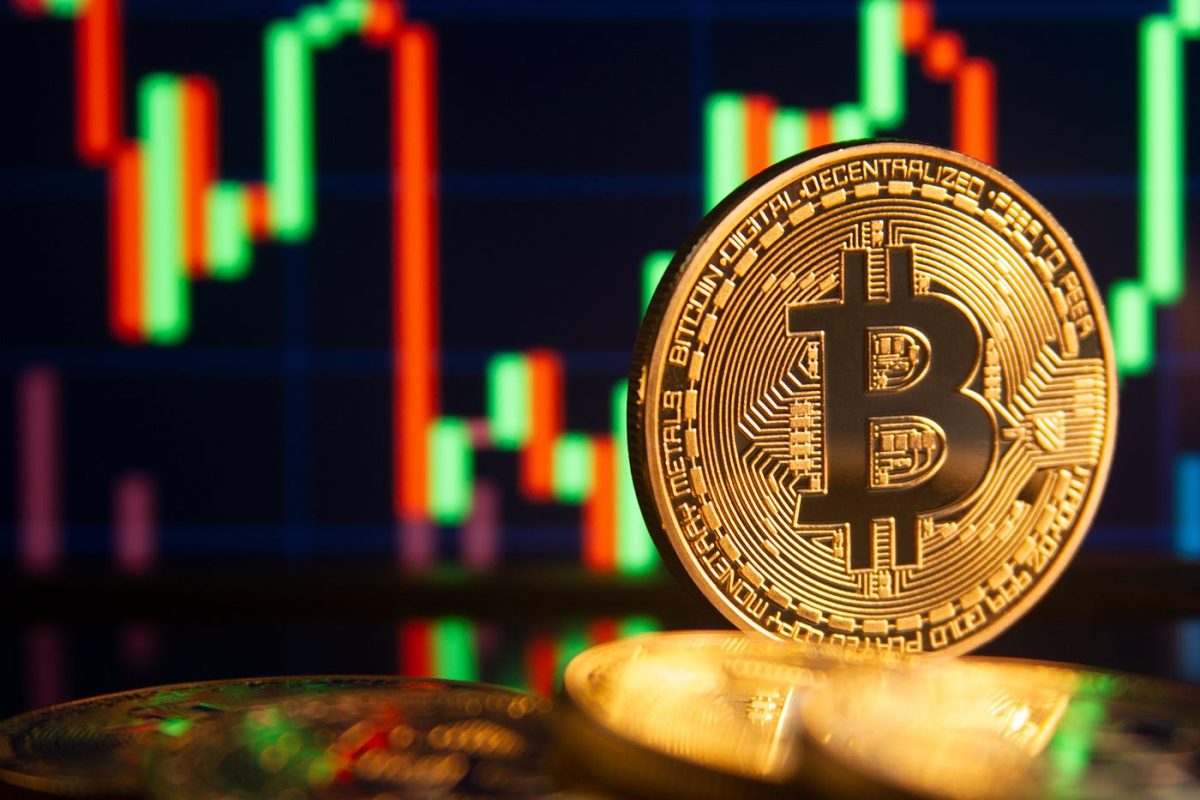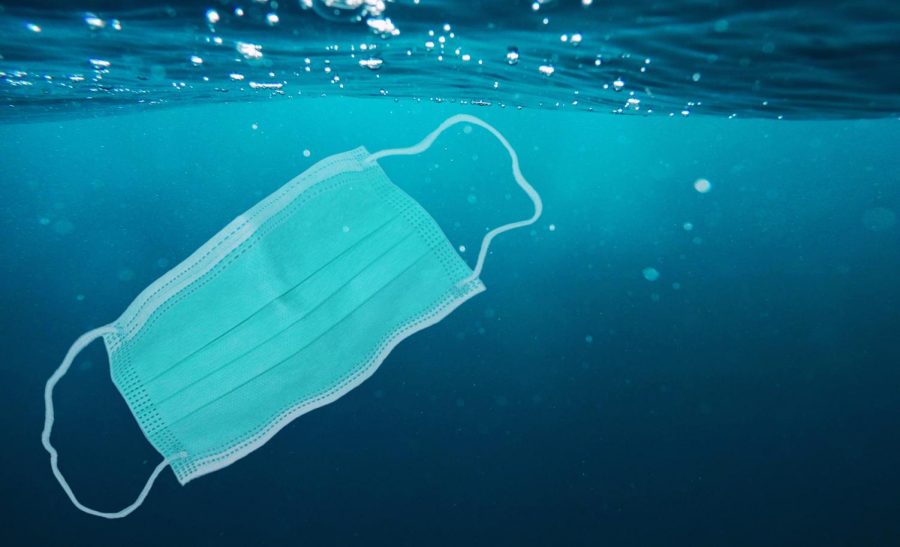What if I told you that everyday we are exposing ourselves to deadly toxins and chemicals that can lead to serious health conditions and hormone changes? Over the years we have seen more of it and it leaves us wondering how deadly it is and what we can do to fix it.
Well that title goes to plastics but more specifically microplastics (which come off of plastics) as they can get easily into our blood and lungs by being in contact with them and breathing them in. This is a problem all around the globe and there still hasn’t been any major changes to drive this issue in the right direction.
Plastics are becoming a bigger issue by the day, now likely being worse than climate change in how it will affect all of our lives and how we have to deal with fixing it by learning more about what makes these plastics harmful to us and other species.
If you’re questioning how much of these plastics are actually toxic to us, 99% of plastics are made from chemicals with fossil origin which can have negative neurological effects as well as short and long term health effects.
These microplastics are able to enter the bloodstream and lungs then permanently stay in our bodies until the day we die. The effects of the constant exposure of microplastics can include reproductive and developmental problems, cancer, leukemia, impairment of the nervous system, and genetic impacts like low birth weight.
Even though they are terrible effects, we still don’t know if there are others because the topic hasn’t been researched enough to know what other health dangers they could be exposing ourselves to. The good thing is the world is becoming better aware of them but is that enough with the production of plastic going higher and higher every year?
Global plastic production has increased from 1.5 million tons in 1950 to 390.7 million tons in 2021 and it has no sign of slowing down. The majority of the plastic is used for packaging and serviceware and you can tell as it’s seen everywhere.
The reason we are seeing so many of these plastics is because they are cost-effective, durable, and lightweight. However, that doesn’t mean that they are the healthy option for each other.
Auburn junior Jaziyah Estes agrees with this as she states, “Plastics are used in a lot of useful products as they are durable and getting rid of them would cause other problems.” The question now is if the pros of plastics outweigh the cons in which I believe they don’t because the effects they have on us long term are too dangerous.
If you wonder how much of these plastics a normal person takes in, according to the WWF they think we could be ingesting about 5 grams of plastic every week. That’s 260 grams of plastics a year and converted to pounds is a little over half a pound. To put that into perspective imagine you put 104 pennies in your hand, that’s how much plastic a normal person consumes yearly!
What makes it even more worrying is it takes 100 to 1000 years to degrade when used in landfills. As a result, there will be so much plastic in the future that it is estimated there will be 34 billion tons of plastic by 2050 accumulated on earth.
It would be helpful for you to look around the room you’re in now and notice the amount of plastics that take up your space to give you perspective on how much plastic is really into our lives. Most people would notice that their space is mostly plastic but don’t be alarmed as there are ways to decrease the amount of plastics you use normally.
What can we do about it?
Even though plastics aren’t talked about enough there are still ways that we can not only help ourselves but others that might be dealing with it. First thing we can do is educate other people about this problem as it brings a ton more awareness and knowledge about these plastics and then they maybe will tell people they know about the problem.
The main things that expose us to these microplastics are through the food chain packaging, plastic-based medical supplies, airbourne plastic pollution, and even with daily life products. So in order to limit the exposure of these microplastics one big thing we can do is limit food preparation and storage with plastic as they make up more than 80% of the exposure to these toxic chemicals. Jaziyah limits her exposure by saying, “I don’t use plastic straws when I can because I know how dangerous it can be for us and the environment.”
Arif Rahmen, a student at Umass Lowell University gives the suggestion to, “Buy and use metal water bottles as they can greatly reduce contact with plastic and allow us water that doesn’t contain as much microplastics”, which I think is a great alternative. Other ways that I suggest to reduce plastic intake is to vacuum regularly, buy more clothes made from organic materials, wear a mask more often, and try to limit the amounts of plastic you touch and are around. Also having a diet that contains a lot of organic foods and are high in fiber helps as it can aid the process. Having natural ingredients in foods will also keep you away from plastic contaminants.
Even though this is a big deal there are still ways in which we as a community and globally can fix this problem. If we as individuals can start reducing plastics and the use of them then the world will see major improvements in not only our health but the earth’s as well.
“We all have a part to do,” said Carmen, a student at Auburn “if we want to fix this plastic problem.” I agree as it might be the single best solution if we want any chance to save the world from plastics. So I suggest that you go out there, spread the word, learn even more, and do your part as it will only help mend this massive issue of plastics!








